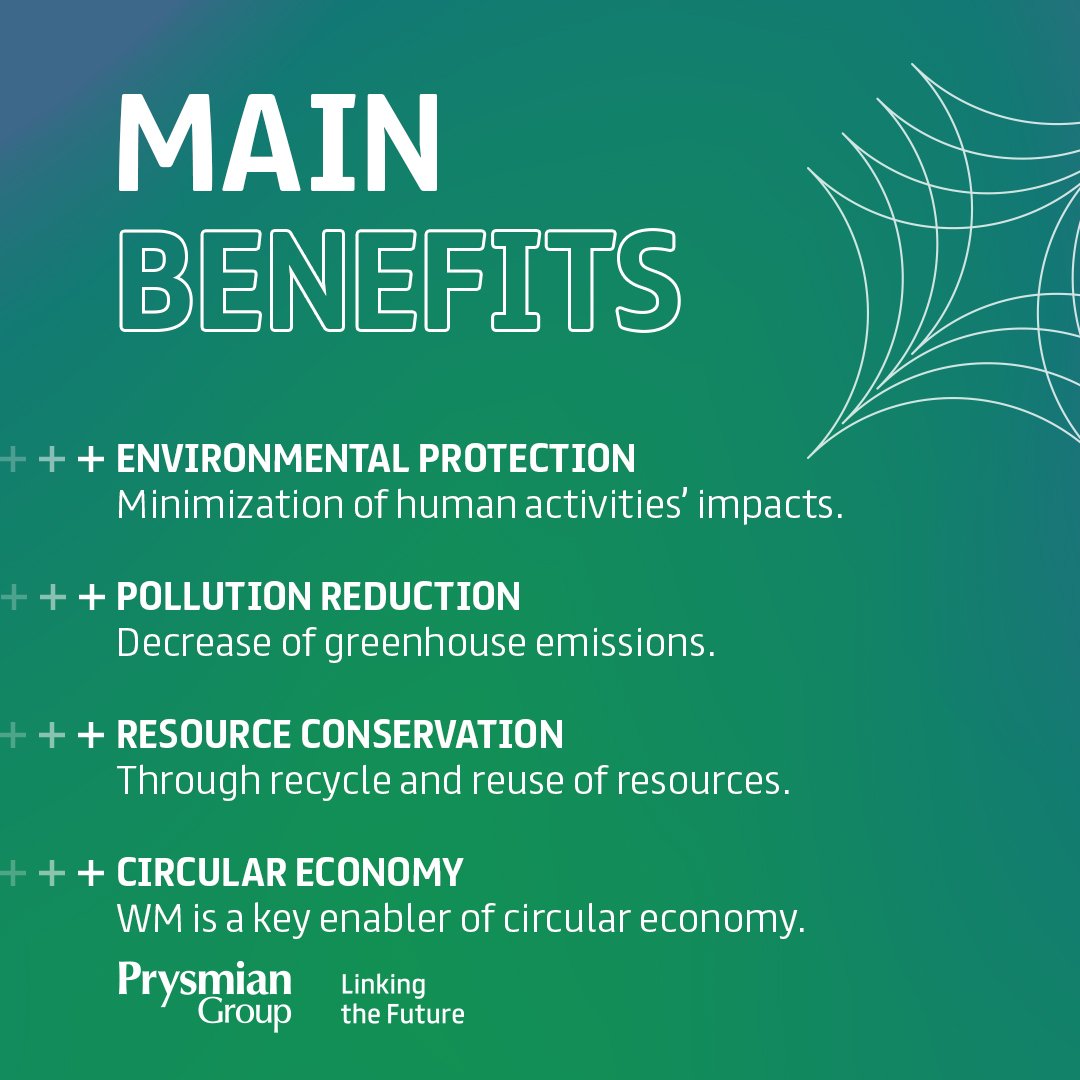The Basic Principles Of Reclaim Waste
The Basic Principles Of Reclaim Waste
Blog Article
Facts About Reclaim Waste Uncovered
Table of ContentsThe 15-Second Trick For Reclaim WasteFacts About Reclaim Waste UncoveredThe Buzz on Reclaim WasteThe Of Reclaim WasteThe Only Guide for Reclaim Waste
Discover the types, events, and types of liquid waste. Residential sewage waste describes the waste and products from a household sewage-disposal tank. This sort of waste is developed by people in residences, institutions, and various other buildings. This only includes septic containers that have a drain field. The correct administration and disposal of residential sewage waste call for liquid waste to be transferred to a sewer treatment plant where the correct methods and devices are put on cleanse and get rid of waste.
Business waste commonly consists of prospective dangers, such as flammable materials or a combination of fluid and strong waste products, and requires a much more innovative and comprehensive disposal procedure. The disposal of business waste generally includes the filtering of waste prior to transport to make certain secure and proper disposal. Industrial waste is produced from by-products and overflow of industrial procedures and manufacturing.
This type of waste can not make use of the very same sewer monitoring transport or procedures as septic or business fluids. The commercial waste monitoring procedure requires the evaluation and screening of fluid waste before it undergoes the disposal process (liquid waste disposal melbourne). Overflow waste is the fluid waste that originates from overflow and excess stormwater in very populated locations or cities
Overflow waste can trigger contamination and flooding if not handled properly. Ensuring proper waste monitoring can prevent catastrophes and lower ecological damage.
About Reclaim Waste
Call PROS Services today to find out about our waste monitoring and disposal services and the proper methods to look after the liquid waste you produce.
(https://pxhere.com/en/photographer-me/4429814)This so-called 'wastewater' is not just a crucial source however, after treatment, will be launched to our land, rivers or the ocean. Used water from toilets, showers, bathrooms, kitchen sinks, laundries and commercial processes is understood as wastewater.

water utilized to cool down machinery or clean plant and tools). Stormwater, a form of wastewater, is overflow that flows from farming and urban areas such as roofings, parks, gardens, roadways, courses and gutters into stormwater drains pipes, after rain. Stormwater moves untreated straight to neighborhood creeks or rivers, ultimately getting to the ocean.
The Ultimate Guide To Reclaim Waste
In Queensland, the majority of wastewater is treated at sewage treatment plants. Wastewater is moved from domestic or industrial sites with a system of sewage systems and pump terminals, known as sewage reticulation, to a sewer treatment plant.
The Department of Natural Resources advises local federal governments concerning handling, operating and maintaining sewerage systems and treatment plants. In unsewered areas, neighborhood governments may require homeowners to set up individual or home sewage therapy systems to deal with domestic wastewater from commodes, cooking areas, shower rooms and laundries. The Division of Natural Resources authorises making use of house systems when they are verified to be efficient.
A lot of stormwater gets no treatment. In some brand-new neighborhoods, treatment of some stormwater to get rid of litter, sand and crushed rock has started utilizing gross pollutant catches. Wastewater treatment takes place in four phases: Eliminates solid issue. Larger solids, such as plastics and other objects incorrectly discharged to sewage systems, are eliminated when wastewater is travelled through displays.
Wastewater then flows into huge storage tanks where solids clear up and are eliminated as sludge. Grease and residue are skimmed from the surface. Utilizes tiny living microorganisms knows as micro-organisms to damage down and remove continuing to be dissolved wastes and great bits. Micro-organisms and wastes are integrated in the sludge. Gets rid of nitrogen and phosphorus nutrients that might trigger algal blooms navigate to this website in our waterways and threaten marine life.
Indicators on Reclaim Waste You Should Know
Nutrient removal is not readily available at all sewer therapy plants due to the fact that it requires expensive specialist equipment. Clear liquid effluent created after treatment may still have disease-causing micro-organisms - liquid waste removal melbourne.

This normally means wastewater needs to be treated or pollutants gotten rid of before it can be released to waterways. Many wastewater flows right into the sewage system. Under the Act, local federal governments provide approvals and permits for ecologically relevant tasks (Ages) involving wastewater launches that may have a local influence. The division administers authorizations and licences to Periods including wastewater releases that may have a regional or statewide effect.
The Basic Principles Of Reclaim Waste
Monitoring supplies valid details concerning water top quality and can validate that permit problems are being fulfilled. The details gotten via monitoring provides the basis for making water quality decisions.
Report this page